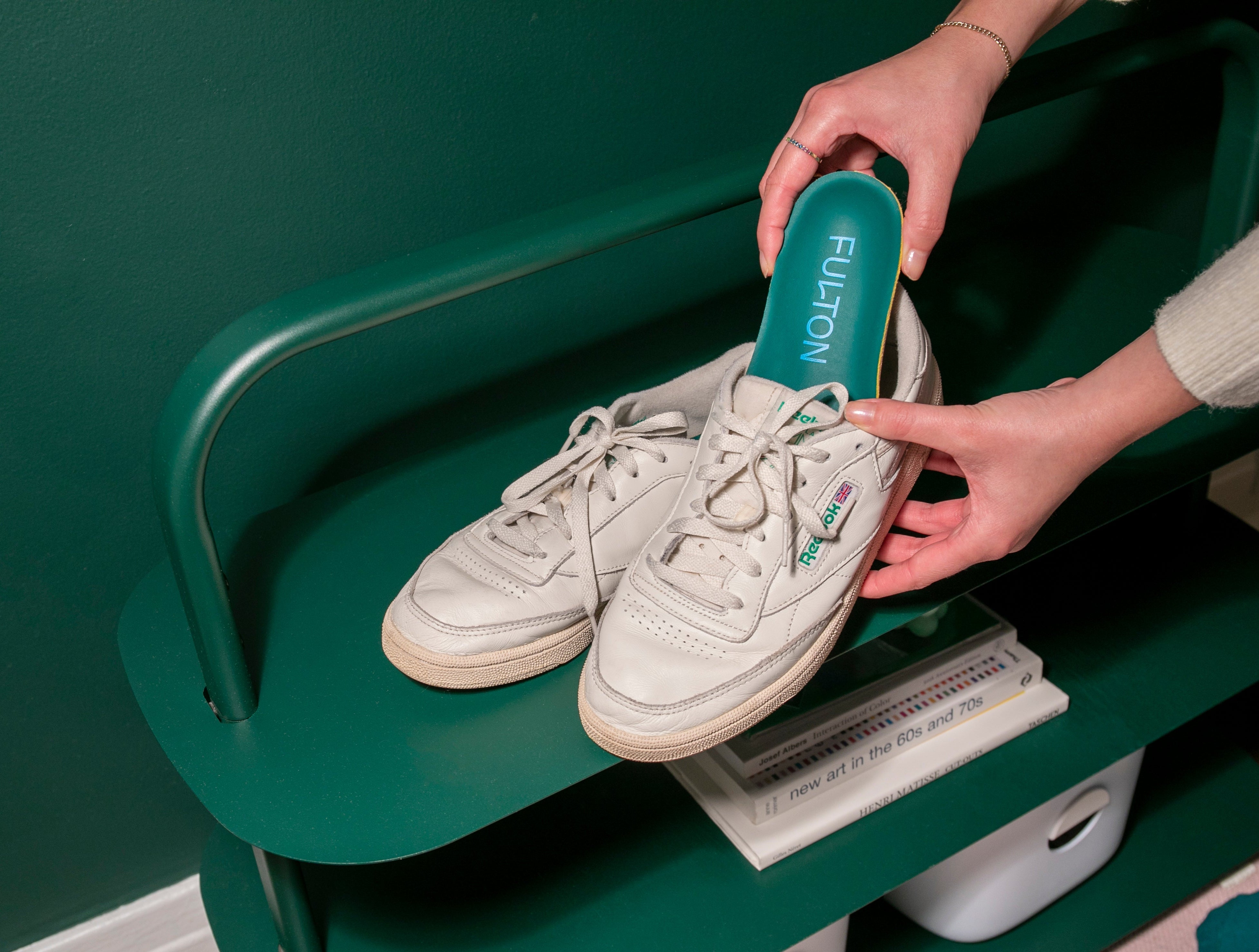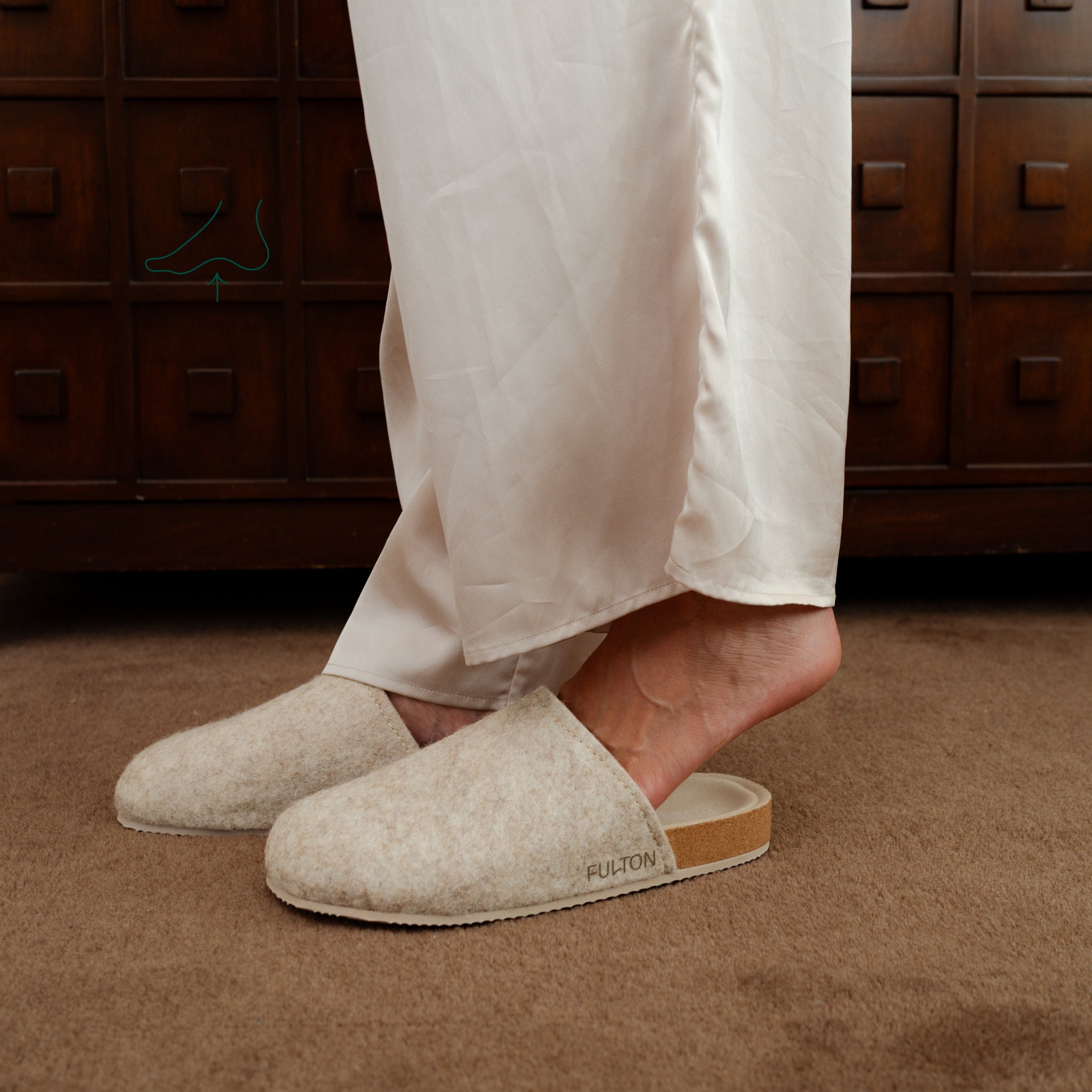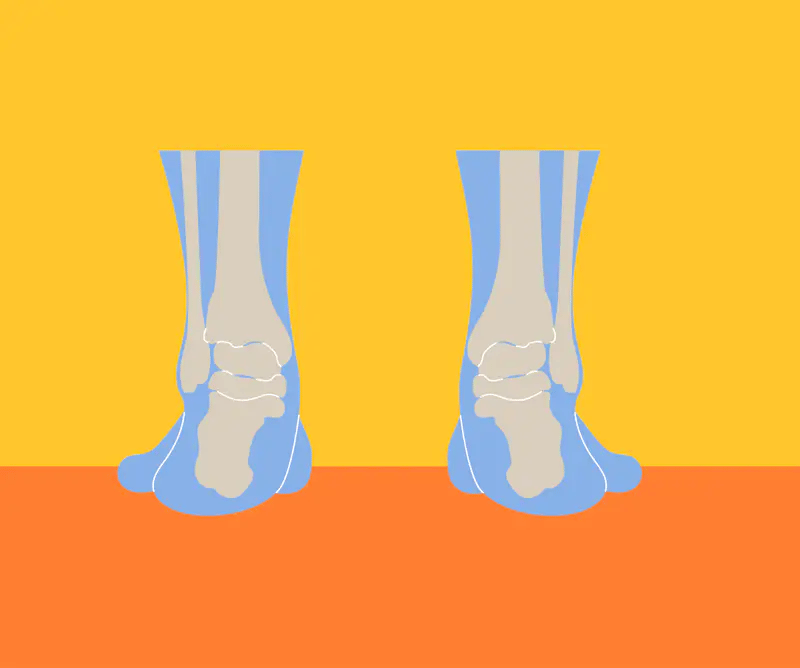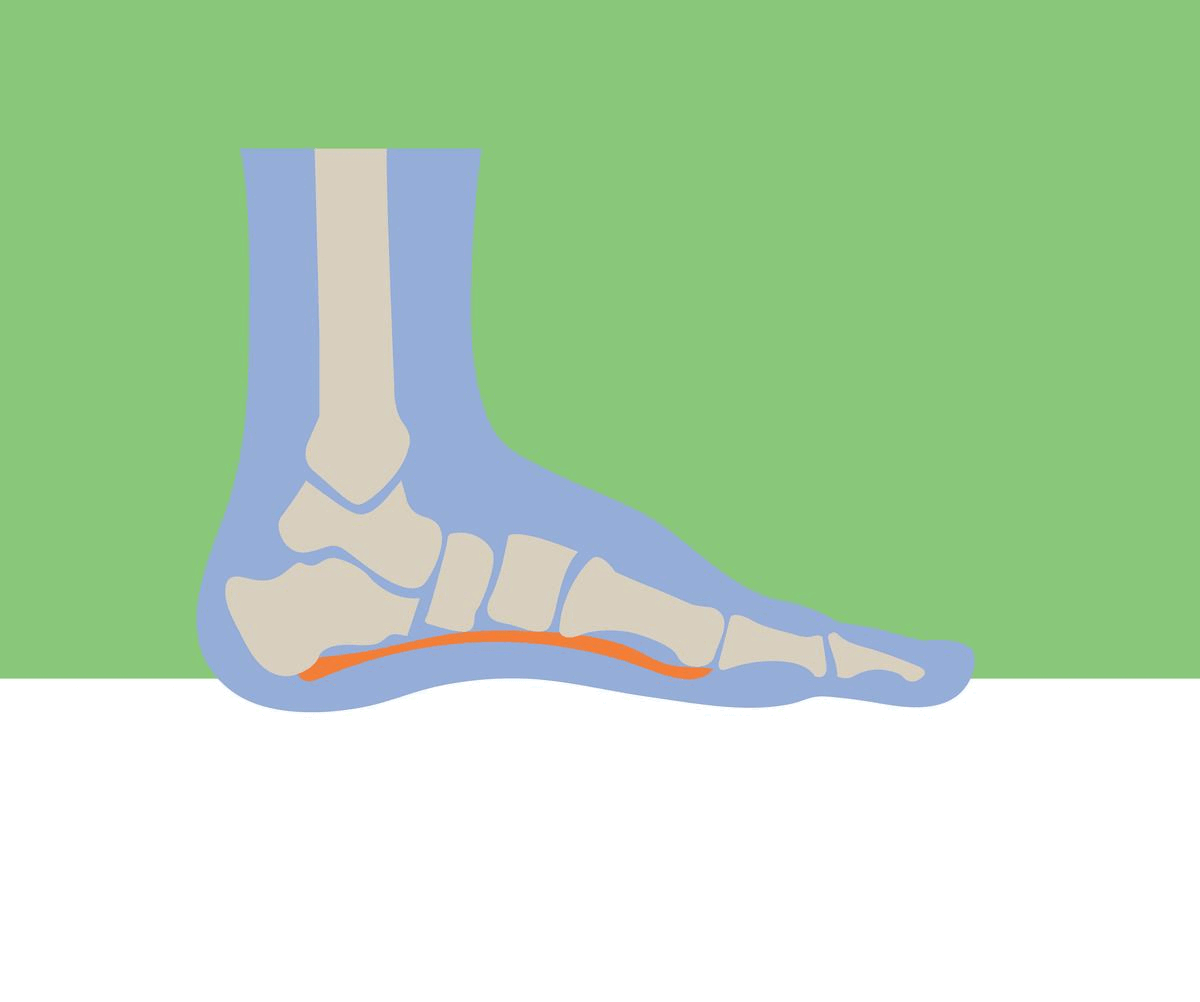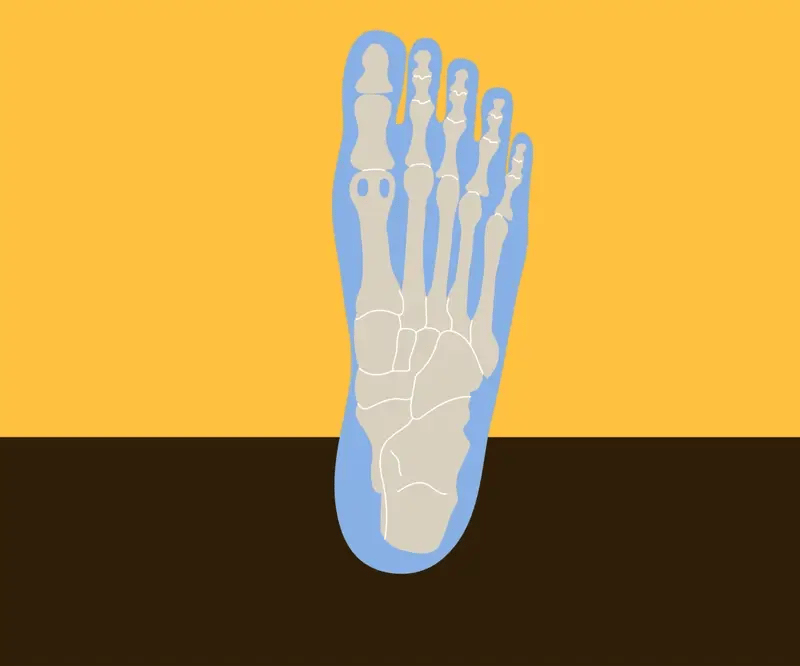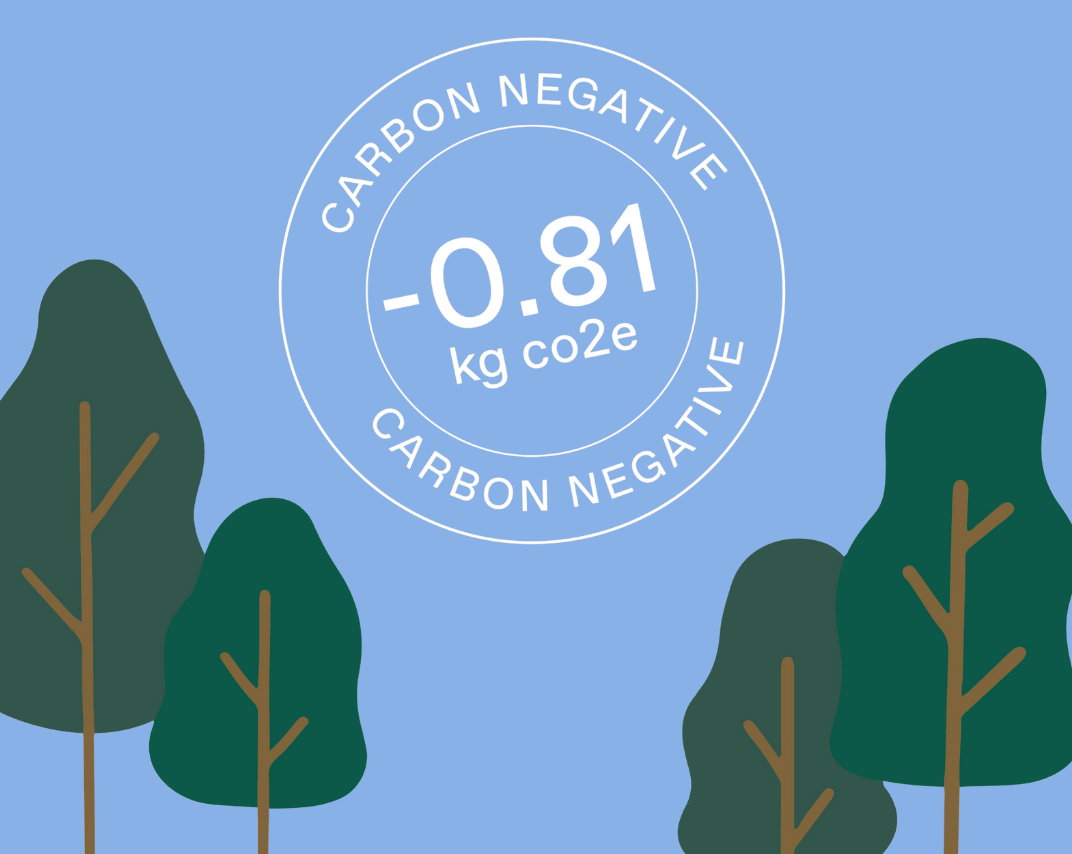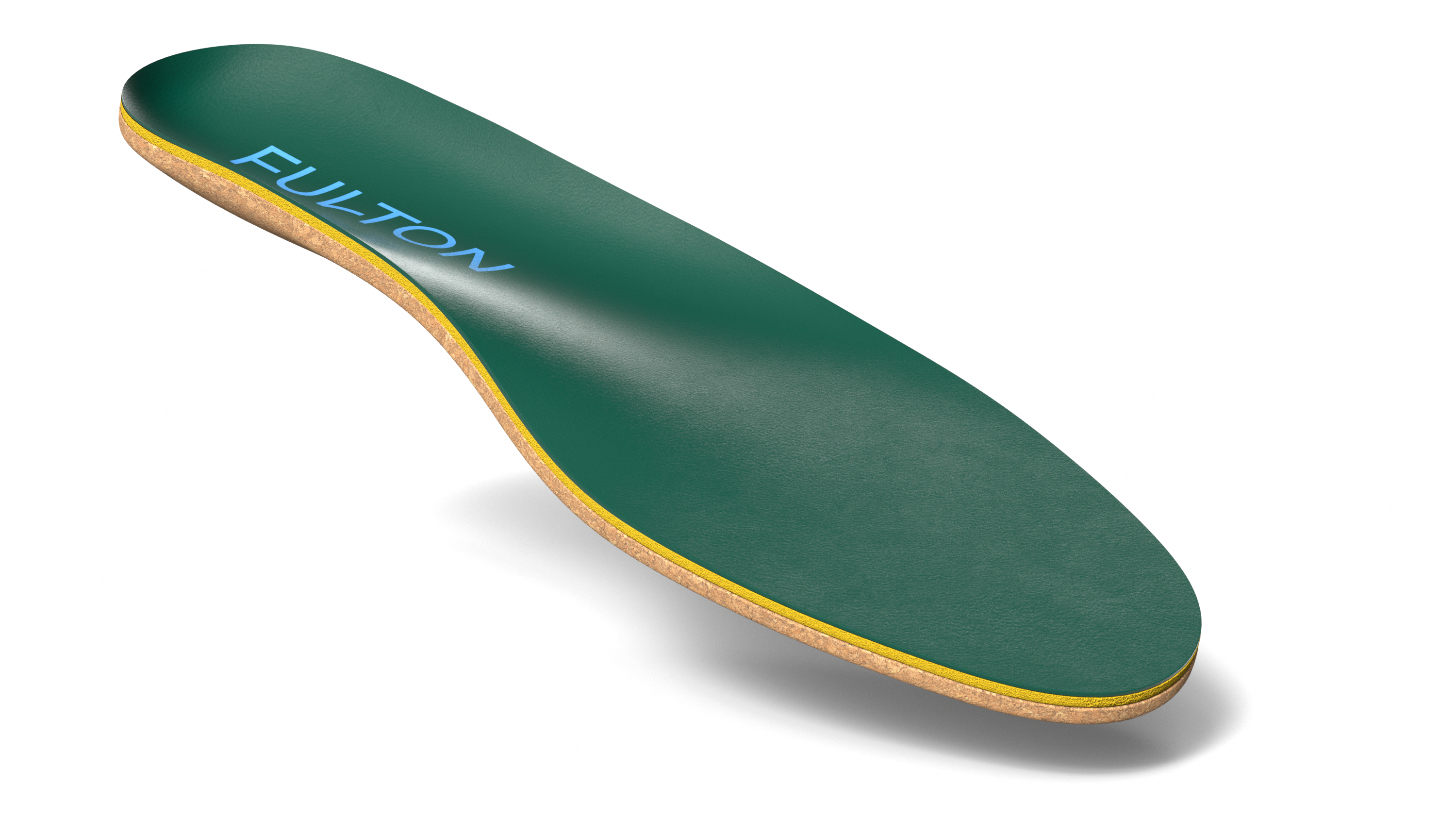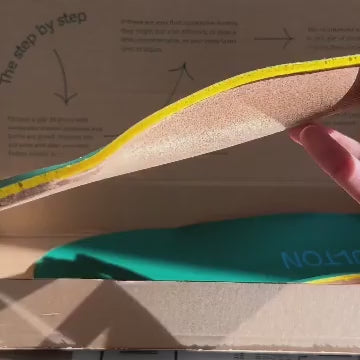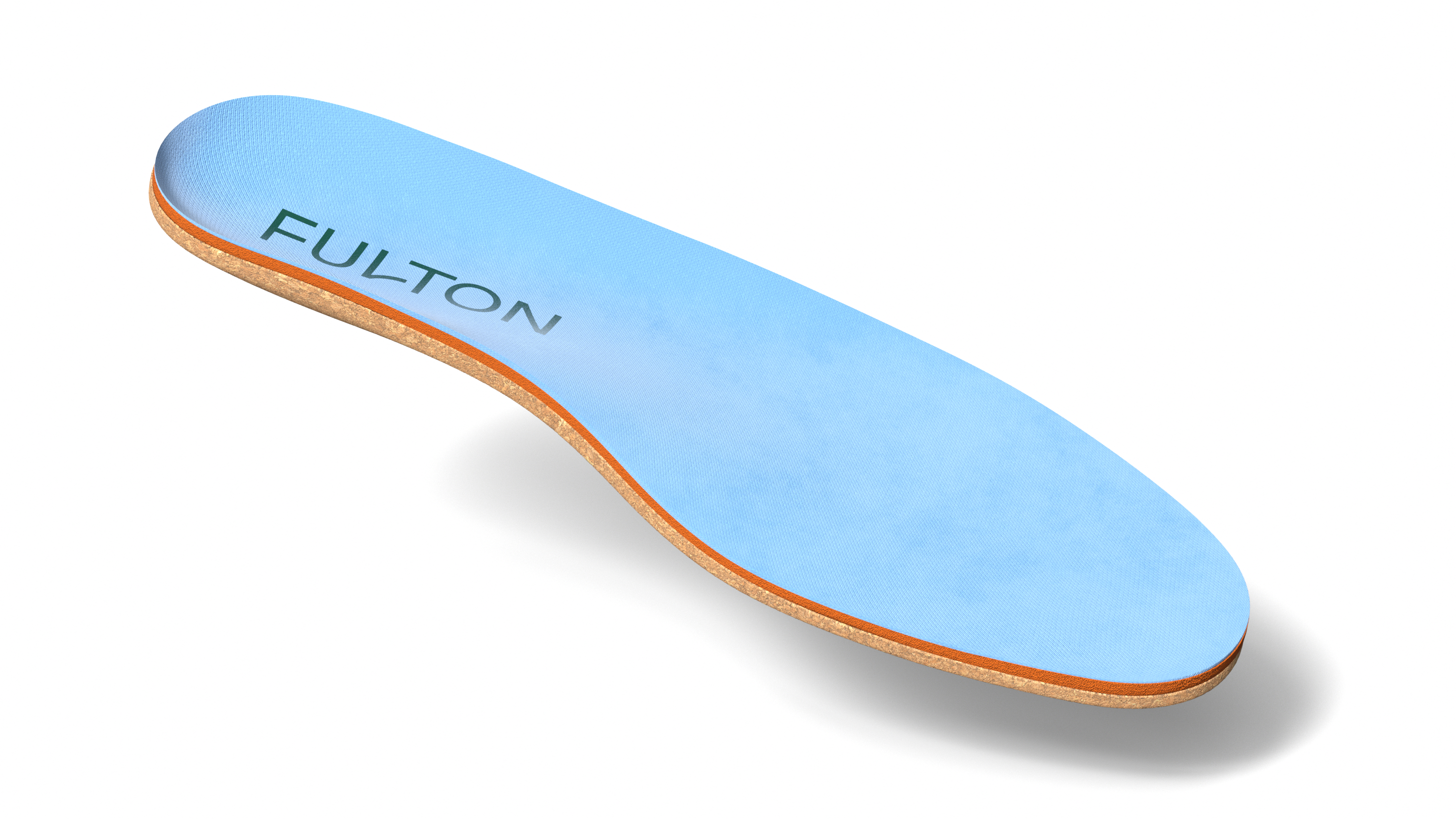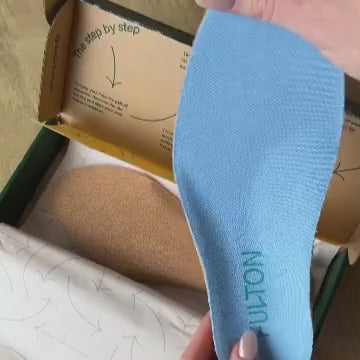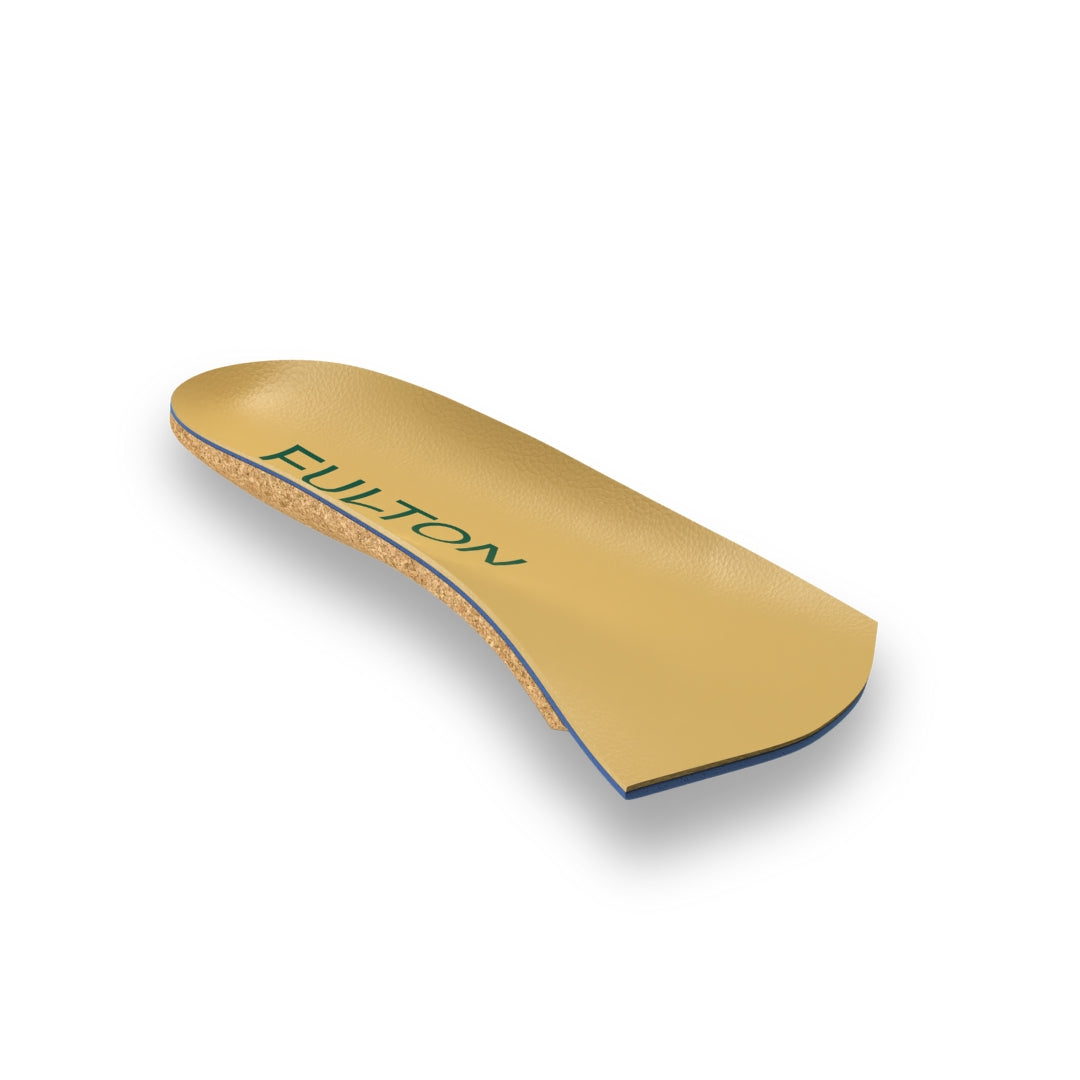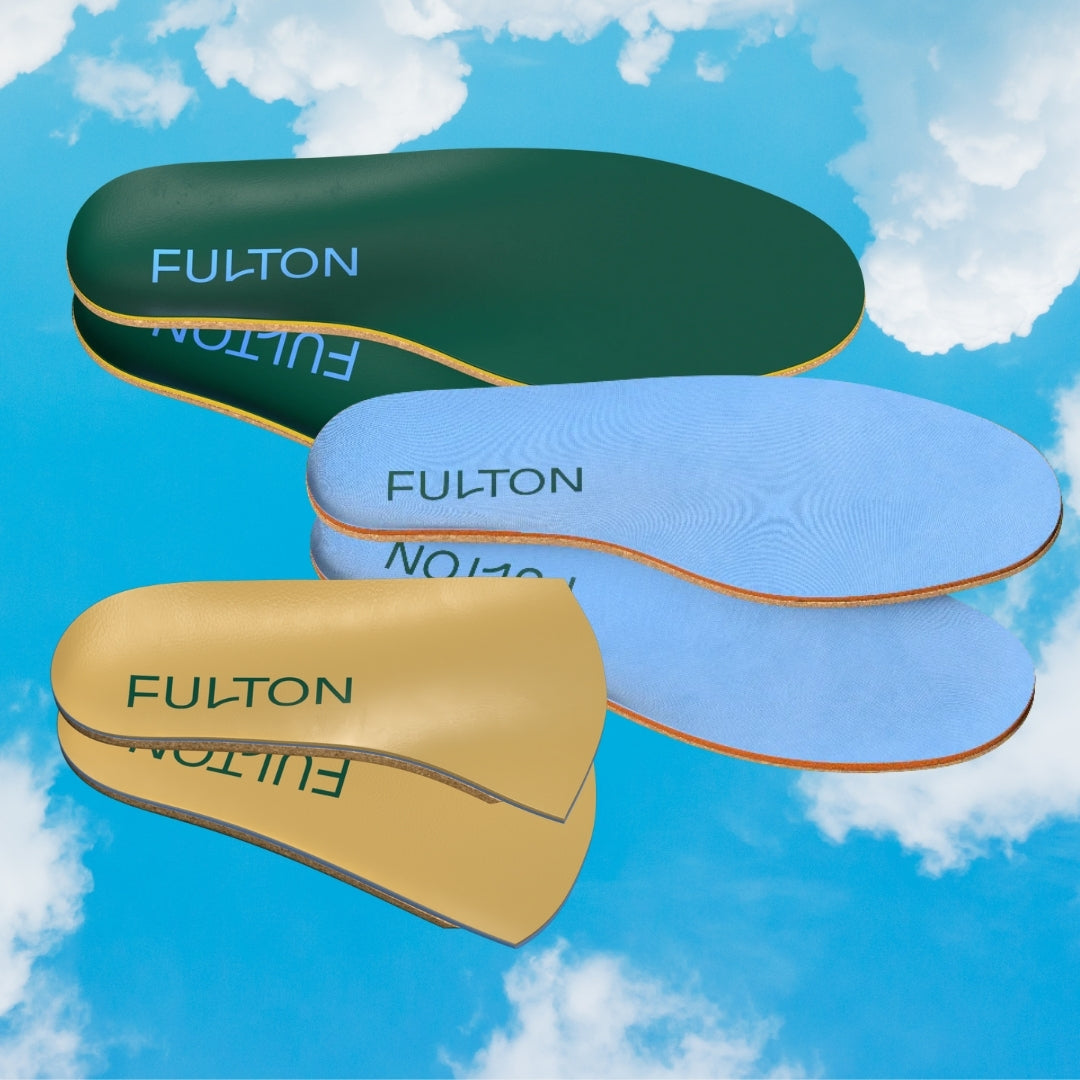The United Nations has declared achieving Carbon Neutrality by 2050 the world’s most urgent mission. This means, by the year 2050, we as a planet should emit the same amount of Carbon equivalents as we are removing. Yet, in 2022, Fulton is changing the game, establishing Carbon Negativity as the bar.
Fulton was able to achieve this great milestone through prioritizing sustainability as a core value, and investing in thoughtful design. The materials that make up Fulton insoles may be more expensive than plastics, gels, and styrofoams, but we weren’t willing to compromise. Our materials lead to higher quality products, more effective results for our bodies, and better outcomes for our planet. This is the standard we should set for business everywhere.
Sliding a pair of Fulton insoles into your shoes means supporting your body as well as the planet. Let’s hold other businesses to the same standard of not only doing good for the consumer, but also doing good for the environment. We hope you join us in the fight to reduce our impact on the planet one step at a time.
Learn more about Fulton insoles here
For example, the base of our insole is made of cork, which is harvested from the bark of a tree. During the process of stripping the bark, the tree is not actually harmed, allowing the tree to regrow its bark and absorb more Carbon Dioxide (photosynthesis, for the win!) The same regenerative processes occur with the middle and top layers of Fulton insoles (natural foam and vegan cactus leather, respectively) This means the plants from which we harvest our materials are able to continue absorbing carbon dioxide and minimize our Carbon Footprint.


